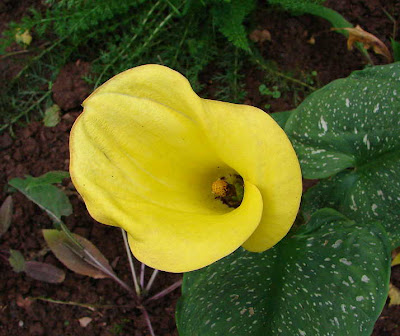
Although it wasn't particularly sunny the Slow Worm was basking. Some people I know lose their heads in a crisis. By contrast the Slow Worm can lose its tail in a process called autotomy. The tail continues to move and flop around, luring the predator away from the lizard itself. The Slow Worm should only do this when absolutely necessary because it results in the loss of the fatty deposits in the tail. Slow worms eat worms and various insects and invertebrates, helping to reduce the slug population in a garden.

Autotomy in lizards is enabled by special zones of weakness at regular intervals in the vertebrae below the vent. Essentially, the lizard contracts a muscle to fracture the vertebra itself rather than break the tail between two vertebrae. Sphincter muscles in the tail then contract around the caudal artery to minimize bleeding. It is presumably the fact that the Slow Worm (Anguis fragilis) appeared to 'break' when handled that led to their specific name 'fragilis'.


Large White caterpillars are super-abundant in the garden and are muching theier way through the cabbages, sprouts and Nasturtiums. Their Mummies don't need to lecture them about eating their greens.

An Echinacea.

This is the caterpillar of a Comma butterfly.

Another beautiful Calla Lily.

One of the various Hostas in the garden.

Purple Loosestrife among the wild flowers.

Looking like a spot of mint choc chip ice cream is this little Theridion species of spider.

A Verbascum.

And another Verbascum.
nice picture u have here ... very clear and interesting too ..
ReplyDeletecheers .. !